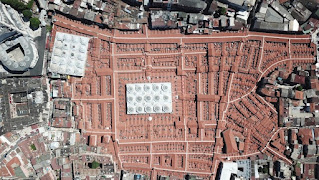History of Big Bang Theory.

The Big Bang Theory stands as one of the most profound and influential ideas in the history of science. Spanning centuries of intellectual development and empirical discovery, its evolution reflects humanity's quest to understand the origins and nature of the cosmos. In this comprehensive exploration, we embark on a journey through time and thought, tracing the intricate tapestry of ideas that culminated in the modern framework of the Big Bang Theory. Our voyage begins in antiquity, where early civilizations grappled with fundamental questions about the universe's origins and structure. Ancient cosmologies, rooted in myth and observation, offered diverse narratives to explain the cosmos. From the creation myths of Mesopotamia and Egypt to the philosophical musings of ancient Greece, humanity's early attempts to comprehend the universe laid the groundwork for future inquiries. In the classical world, Greek philosophers such as Anaximander and Pythagoras speculated about the...
.jpg)
.jpg)

.jpeg)
.jpeg)
.jpeg)
.jpeg)
.jpeg)
.jpeg)

.jpeg)

